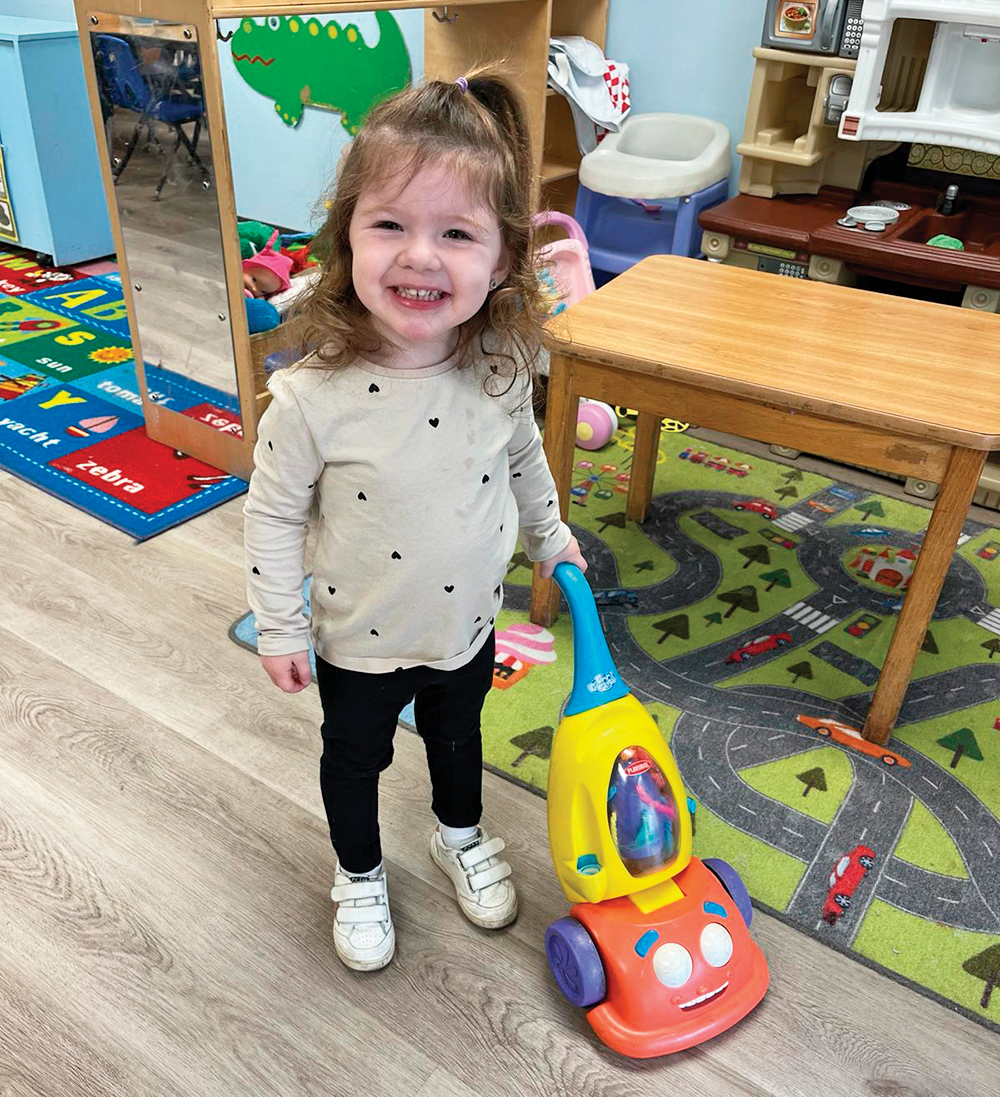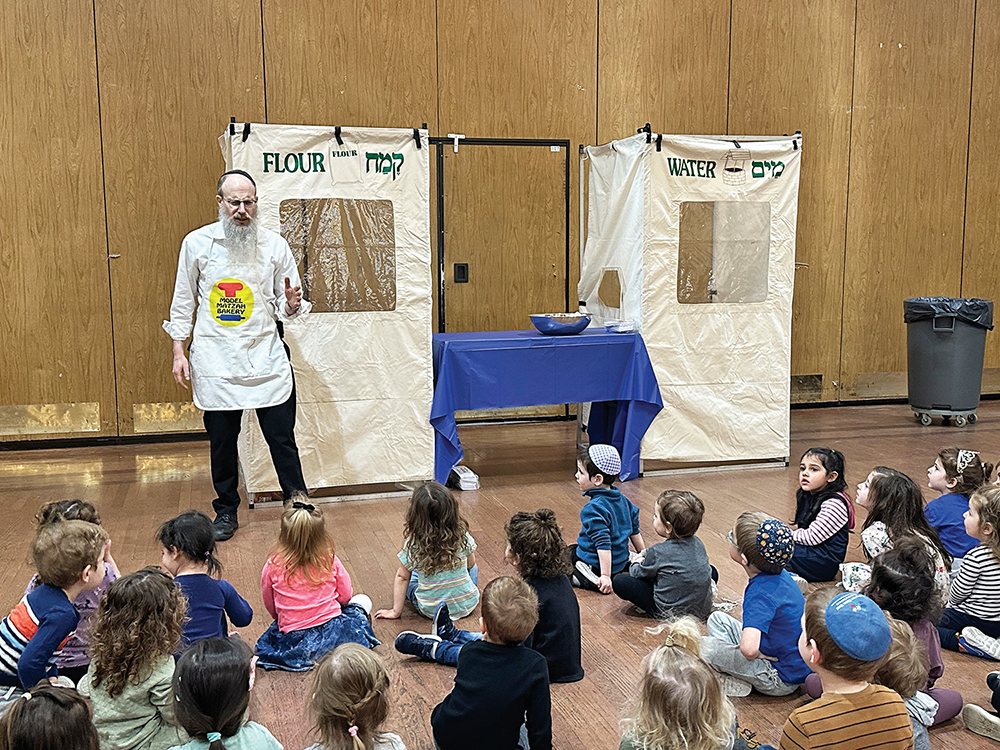
David Serero is a whirlwind, a force of nature whose good humor, generosity of spirit, Jewish sensibility and inborn affinity for theatrical presentations combine to make all of his productions delightful recreations infused with new insights and charm. He should be declared a national Jewish treasure.
A French-born baritone, actor, director and producer, he has turned finding Jewish angles in classic works for the theatre into an art form unto itself.
This summer, he treated audiences at the American Sephardic Federation, housed in the Center for Jewish History, 15 West 16th Street in Manhattan, to condensed versions of Giuseppe Verdi’s early opera, “Nabucco” (Nebuchadnezzar) and Mozart’s “The Marriage of Figaro.”
For good measure, he threw in a delicious adaptation of Shakespeare’s “Romeo and Juliet” with the star-crossed lovers cast as products of Sephardic and Ashkenazic families. Instead of the usual Shakespearian songs, Serero inserted classic Ladino and Yiddish melodies and turned Friar Lawrence into the local rabbi.
Taking Liberties
A seasoned musician whose classical training shines through in everything he does, Serero is not afraid to take liberties with even the most beloved works. In the title role of Figaro, he deviated from the almost sacred Mozartian score to include the swashbuckling “Largo al factotum” sung by a flamboyant, younger Figaro in Gioachino Rossini’s “The Barber of Seville.” Serero turned it into a sing-along in which the audience echoed the famous calls for “Figaro.”
Never mind that “The Barber of Seville,” written in 1816, takes place several years before the opening of the “Marriage of Figaro,” which was first produced in 1786. In Serero’s hands, the piece worked.
In fact, because Serero condensed the opera—missing entirely was the subplot of Figaro’s discovery of his parents, Bartolo and Marcelina—there was room for some utter tomfoolery, including Borscht Belt Jewish humor and guest “appearances” by Don Corleone, Darth Vader and Porky Pig.
Superb Performances
Almost a Black Box production, this “Marriage of Figaro” was blessed by more than adequate performances. As Figaro’s intended, Hanna Madeline Goodman turned Susanna into a Yiddishe ziskeyt. Charles Gray made the count more comic than sinister, and Jennifer Zamorano’s countess allowed the poignancy of her arias to puncture the surrounding comedy. As Cherubino, Allegra Durante, a sparkling mezzo-soprano, brought boyish charm to the trouser role.
The single piano accompanist, Felix Jarrar, was perfection, keeping the intimacy of the piece intact while allowing the music to soar.
But the evening belonged to the dazzling Serero. His Figaro was, by turns, funny, furious, sarcastic and loving. Underlying all his choices was a keen understanding of the story and the nuances of the score. Despite the tightening of the storyline, the underlying theme of forgiveness, reflected in the slow, reflective twelve-note cadence before the wild, joyous finale, was sublime.
Lorenzo Da Ponte
As the director, adapter, and star of the “Marriage of Figaro,” Serero wisely chose to use the popular Ruth and Thomas Martin English translation of the libretto’s recitatives while keeping the original Italian, written by Lorenzo Da Ponte, for all the musical arias and ensemble pieces. As a result, the audience did not need subtitles to understand the story.
As a matter of fact, the reason Serero included “The Marriage of Figaro” in his season of Jewish-tinged classics was almost entirely focused on Da Ponte, who was born Emanuele Conegliano in 1749 in Italy. Although he was Jewish, when his widower father converted to Catholicism in order to marry a Catholic woman, then-15-year-old Emanuele did so, too, taking the name of the bishop who baptized him.
Becoming Catholic opened artistic doors for the newly named young Da Ponte. He relocated to Venice, where he began writing poetry, and, eventually, became a priest in order to assume the post of professor of literature.
Less-Than-Pure Priest
But his devotion to Catholicism and the priesthood soon came under public scrutiny when he publicly took a mistress with whom he had two children. He was charged with “abduction of a respectable woman,” and found guilty of living in a brothel and organizing the entertainments there. His punishment was banishment from Venice.
He relocated to Austria, where he began translating libretti for various theatrical productions. One of his noble patrons suggested he develop his own writing skills. His talent was noticed by the composer, Antonio Salieri, a fellow Italian living in Vienna who gained historical notoriety as a musical rival of Wolfgang Amadeus Mozart.
With Salieri’s help, Da Ponte was appointed librettist to the Italian Theater in Vienna, where he met Mozart. Eventually, the two collaborated on Mozart’s most popular Italian operas: “The Marriage of Figaro (1786),” “Don Giovanni (1787),” and “Cosi fan tutte (1790),” which he began with Salieri, but completed with Mozart. Although all these works were adaptations of pre-existing stories, Da Ponte’s skill in bringing new life to old tales was widely acknowledged and appreciated.
From London to New York
In 1790, Da Ponte once again found himself in trouble. Unable to return to Venice, he set off for Paris, but, on the way, alerted to the worsening political situation in France, he decided instead to head for London, along with a new lady friend with whom he eventually had another four children.
In London, he worked as a grocer and a teacher of Italian until, in 1803, he won the post of librettist at the King’s Theater. He remained in London, undertaking various theatrical and publishing endeavors, until 1805, when debts and bankruptcy prompted him to flee to the United States with his lady friend and their children.
In New York, he floundered economically and relocated to Sunbury, Pennsylvania, where he again opened a grocery store and gave private Italian lessons. But he soon returned to New York, where he became friends with Clement Clarke Moore, a writer and professor of Oriental and Greek Literature, who is best known as the author of the long poem, “A Visit from St. Nicholas,” better known as “’Twas the Night before Christmas.”
Columbia Professor
Through Moore, Da Ponte was appointed the first professor of Italian literature at Columbia College, the first Jew ever to teach at the school.
Buoyed by this success, he went on to introduce opera to the city and, in 1825, he produced the first full performance of Mozart’s “Don Giovanni” ever given in the United States.
In 1828, at the age of 79, he became a naturalized U.S. citizen, and in 1833, at the age of 84, he founded the New York Opera Company, the predecessor of the New York Academy of Music and the Metropolitan Opera.
When he died in 1838, he was accorded an enormous funeral at New York’s old St. Patrick’s Cathedral on Mulberry Street in the Lower East Side, but there is no certainty as to where he was buried. Some sources wonder if he somehow was interred in the cemetery maintained by Congregation Shearith Israel in Lower Manhattan.
“He may not have lived as a Jew, but a Jew he was. His inborn talent was Jewish, and I’m glad we can bring him back to a Jewish venue,” said Serero, whose next undertaking for the American Sephardic Federation at the Center for Jewish History will be a musical adaptation of the life of Anne Frank.
Anne Frank, the Musical
“Anne Frank, the Musical,” written by composer-playwright Jean-Pierre Hadida, made its debut in Paris in 2008.
Serero will direct and produce the production as well as star as Anne’s father, Otto Frank.
There will be performances on Wednesday, September 11, at 3 p.m., and at 8 p.m. on Sunday, September 15, Tuesday, September 17, Moday, September 23 and Tuesday, September 24. For tickets, call 800-838-3006. “The rest of the cast will soon be announced,” said Serero. “It will feature 12 artists on stage to bring the poetry and music of Jean-Pierre Hadida.”
With Serero’s magic touch, it is sure to be an Anne Frank worth seeing.
By Susan L. Rosenbluth,
TheJewishVoiceAndOpinion.com













